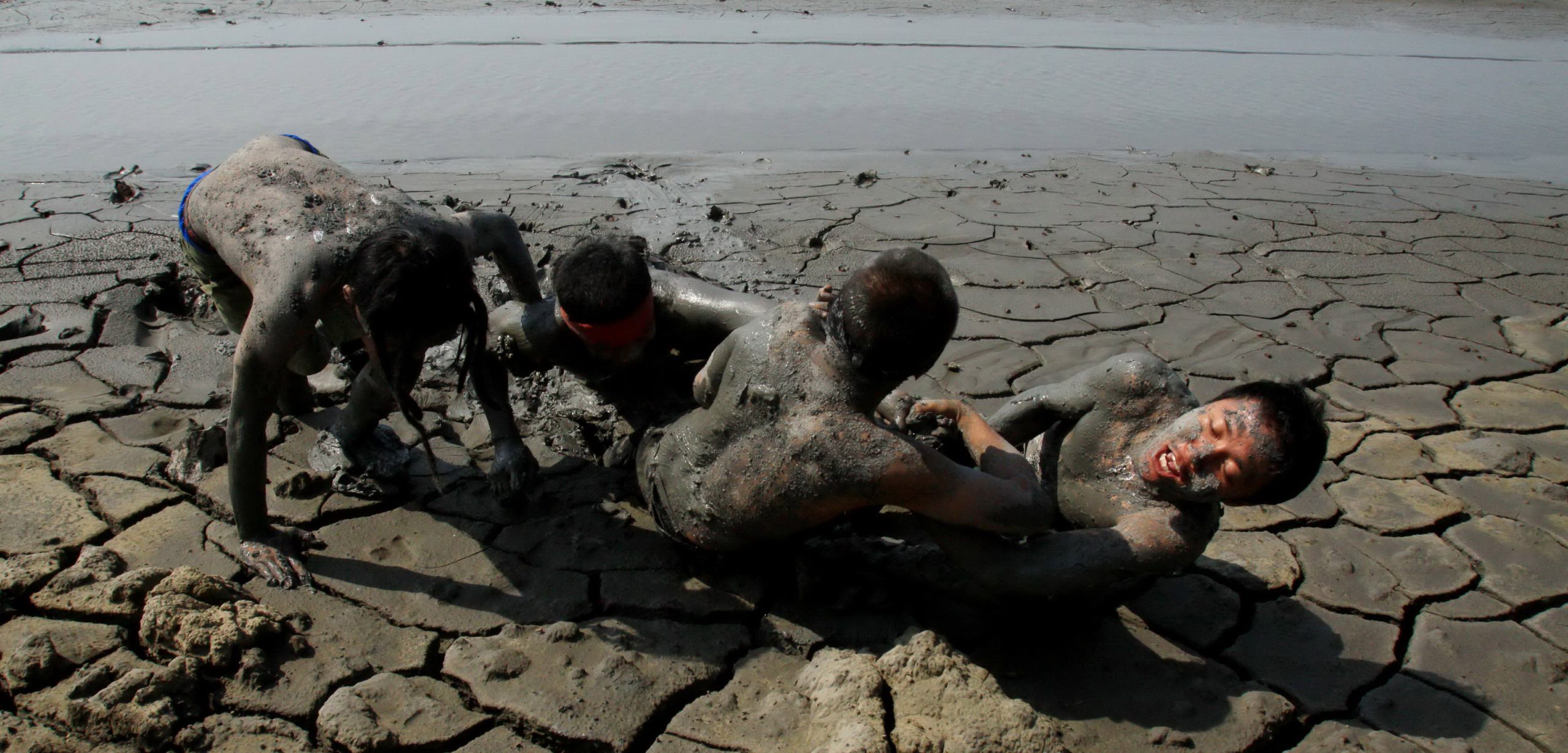Stories from the Seven Seas
A weekly roundup of coastal news.
Article body copy
Hakai Magazine is all about the coast, but other outlets sometimes share our fascination. Every week we round up our favorite coastal stories from around the web.
Indonesia’s ‘mud volcano’ and nine years of debate about its muck
by Rachel Nuwer for The New York Times
“A ‘mud volcano,’ Lusi expels water and clay rather than molten rock. Such eruptions occur around the world, but Lusi is the biggest and most damaging known.
Scientists have debated the cause for years, and two intensely argued hypotheses have emerged: Some believe an earthquake set off the disaster, others that the mudflow was caused by a company drilling for natural gas.”
Everything you need to know to survive a tsunami
by Mika McKinnon for io9
“Even the smallest of tsunami can still be deadly. While people may scorn the anticlimactic arrival of a centimeters-high tsunami, the relentless surge of these smaller waves can set up ferociously strong currents. It’s near-inevitable that curious onlookers or misinformed daredevils will head to the coast to ‘watch the tsunami arrive,’ then be so underwhelmed they fail to treat these tiny terrors with the respect they deserve. Wading into the water is a death sentence for even a strong swimmer as powerful currents sweep them out to sea with a force far beyond the most infamous of rip currents.”
Bioluminescence in a bottle
by Adrienne LaFrance for The Atlantic
“The Dino Pet is described as ‘a living, interactive ‘pet.’’ (Yes, ‘pet’ is in quotation marks.) In an advertisement, you can see somebody using it as a phosphorescent paper weight. Which seems to be an odd, if not altogether cruel, thing to do to miniature creatures who would otherwise live in the open ocean.”
Tiny motors could suck carbon dioxide from the ocean
by Ruby Lott-Lavigna for Wired UK
“‘In the future, we could potentially use these micromotors as part of a water treatment system, like a water decarbonation plant,’ said Kevin Kaufmann, co-author of the study.
The proof-of-concept micromotors use the flow of the water along with a catalyst, carbonic anhydrase, to rapidly convert carbon dioxide into calcium carbonate, which can then be stored.”
Fishing for fossils in the North Sea
by Lucas Laursen for Nature
“These findings are helping to establish a more complicated picture of mammals in the last ice age. We are learning from the combination of marine and dry-land fossils that what we once thought was a rapid transition from the era of the big mammals — the Pleistocene — to their dying out in the Holocene, is a very drawn-out process.”

